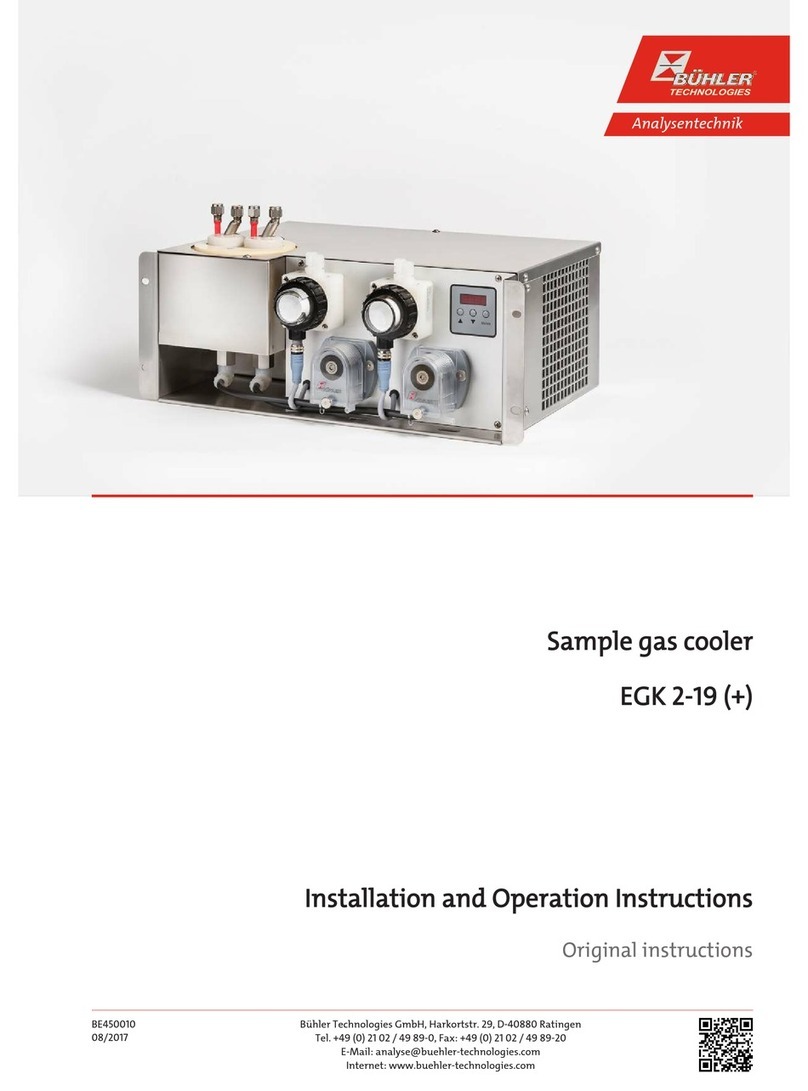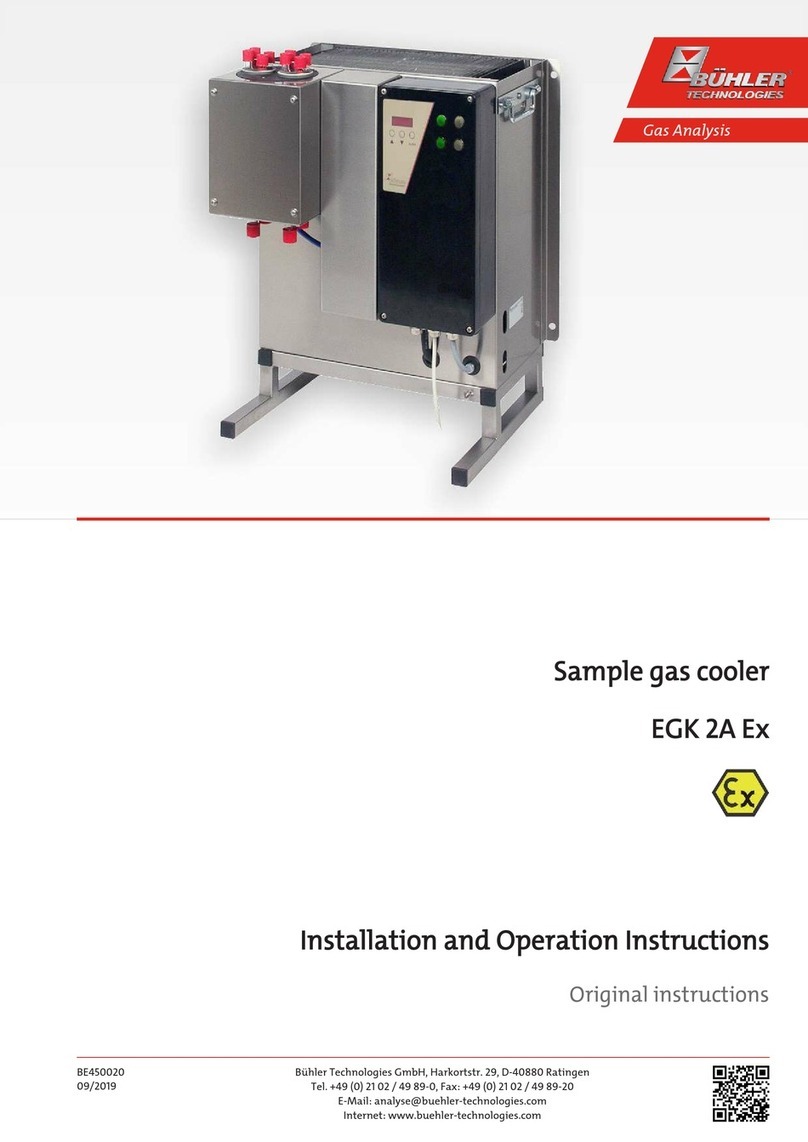
TC-Standard (+)
Contents
1 Introduction..................................................................................................................................................................................................................... 3
1.1 Intended use .........................................................................................................................................................................................................3
1.2 Overview ................................................................................................................................................................................................................ 3
1.3 Type plate .............................................................................................................................................................................................................. 3
1.4 Scope of delivery.................................................................................................................................................................................................. 3
1.5 Ordering instructions ........................................................................................................................................................................................4
1.5.1 Gas cooler models with one heat exchanger .............................................................................................................................. 4
1.5.2 Gas cooler models with two heat exchangers .............................................................................................................................5
1.5.3 Gas cooler model with two heat exchangers in series ............................................................................................................. 6
2 Safety instructions......................................................................................................................................................................................................... 7
2.1 Important advice................................................................................................................................................................................................. 7
2.2 General hazard warnings .................................................................................................................................................................................8
3 Transport and storage ..................................................................................................................................................................................................9
4 Installation and connection ...................................................................................................................................................................................... 10
4.1 Installation site requirements....................................................................................................................................................................... 10
4.2 Installation ..........................................................................................................................................................................................................10
4.2.1 Connecting the filter gas connections (optional) .....................................................................................................................10
4.2.2 Flow adapter connection (optional)..............................................................................................................................................10
4.2.3 Connecting the moisture detector (option).................................................................................................................................11
4.2.4 Peristaltic pump connector (optional) ..........................................................................................................................................11
4.2.5 Connecting the heat exchanger......................................................................................................................................................11
4.3 Electrical connections ...................................................................................................................................................................................... 12
4.4 Signal outputs.....................................................................................................................................................................................................13
5 Operation and control .................................................................................................................................................................................................15
5.1 Description of functions...................................................................................................................................................................................15
5.2 Delta T control option .......................................................................................................................................................................................15
5.3 Use of menu functions .................................................................................................................................................................................... 16
5.3.1 Lock Menu.............................................................................................................................................................................................16
5.3.2 Menu navigation overview.............................................................................................................................................................. 17
5.4 Description of menu functions ..................................................................................................................................................................... 19
5.4.1 Display menu.......................................................................................................................................................................................19
5.4.2 Main menu...........................................................................................................................................................................................19
5.4.3 Submenu 1 ...........................................................................................................................................................................................20
5.4.4 Submenu 1 (global settings) ............................................................................................................................................................ 21
5.4.5 Set favourite menu ........................................................................................................................................................................... 24
6 Maintenance.................................................................................................................................................................................................................. 25
7 Service and repair.........................................................................................................................................................................................................26
7.1 Troubleshooting ................................................................................................................................................................................................26
7.1.1 Error messages on the display........................................................................................................................................................27
7.2 Safety instructions............................................................................................................................................................................................28
7.3 Cleaning and removal of the heat exchanger...........................................................................................................................................29
7.4 Replacing the hoses of the peristaltic pump (option) ............................................................................................................................29
7.5 Replacing the filter element (option)..........................................................................................................................................................29
7.6 Drying of the moisture detector (option)...................................................................................................................................................30
7.7 Calibration of the moisture detector (option)..........................................................................................................................................30
7.8 Replacing the base unit...................................................................................................................................................................................30
7.9 Spare parts and accessories ............................................................................................................................................................................31
7.9.1 Consumables and accessories ........................................................................................................................................................ 31
8 Disposal........................................................................................................................................................................................................................... 32
9 Appendices..................................................................................................................................................................................................................... 33
9.1 Gas cooler technical data................................................................................................................................................................................ 33
9.2 Technical Data - Options .................................................................................................................................................................................34
9.3 Flow diagrams.................................................................................................................................................................................................... 35
iBühler Technologies GmbHBE440026 ◦ 12/2020



































